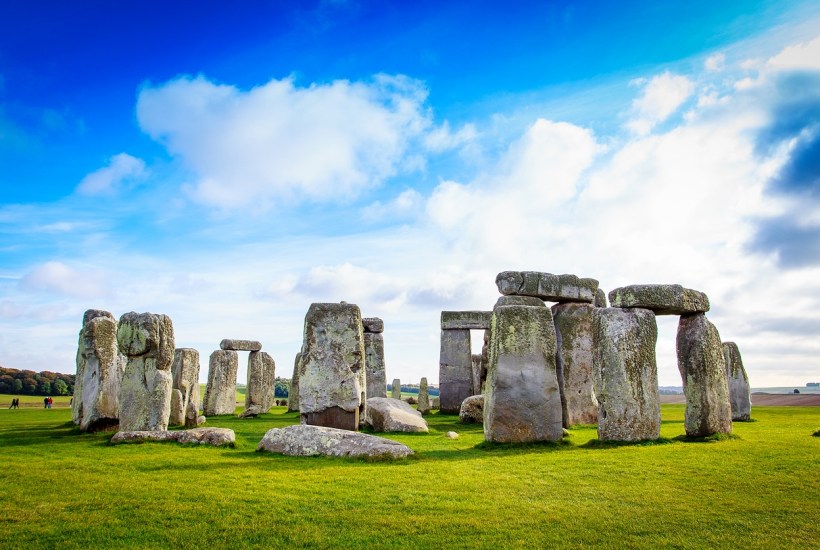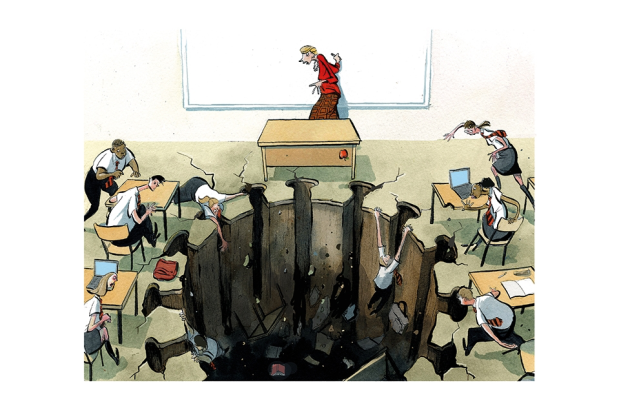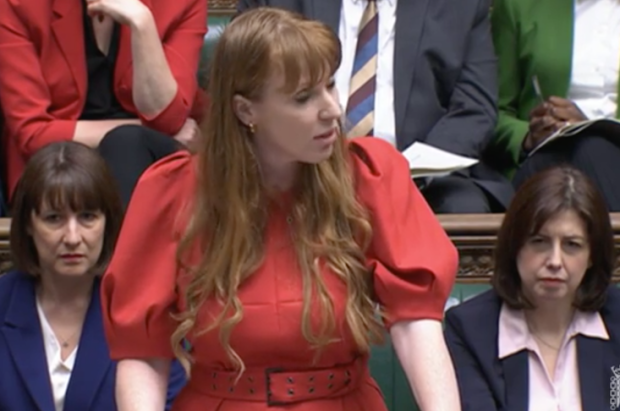It has not been a good month for the United Kingdom’s internationally important heritage sites. Stonehenge is teetering on the edge of losing its world heritage site status, with Unesco warning the UK government against a proposed £1.7b, two-mile long road tunnel near to the site.
If so, it could go the same way as Liverpool, which lost its World Heritage Site status last week. In a city that boasts more Georgian buildings than Bath, the arguments have quickly polarised. In one corner, the developers and city authority decry the intransigence of Unesco and maintain that change is necessary to generate jobs and a thriving economy; and in the other, Unesco and various heritage champions, point to poorly conceived developments that undermine Liverpool’s distinctive and special character.
So what has gone wrong?
The recent development of the city’s dockland area to the north of the ‘Three Graces’ has long been contentious, with the Liverpool Water scheme given outline planning permission in 2012. Unesco expressed concern back then, and the reality is that those concerns were not convincingly addressed. Dull towers within the World Heritage Site now stand like dolmens blocking views of the starring Graces, and distracting the composition of the waterfront. More are planned. Recently approved proposals to partly fill in historic docks to create a new football stadium for Everton FC are at odds with the protection of those docks, no matter how desirable or popular the game played inside them.
It didn’t have to be like this. These are two parties divided by a common language. Heritage and development are not incompatible. Heritage is all about change. Look at the majority of World Heritage Sites which, with a very few exceptions, have evolved over centuries, and are constantly altering. Take the Lake District, visible (just) on a clear day just 60 miles up the North West coast from Liverpool, and declared a World Heritage Site in 2018. The cherished landscape we see today is the result of an evolution that stretches back to the Neolithic, and includes prehistoric stone circles, Roman forts, the distinctive fabric of medieval sheep farming, the impact of the Picturesque movement and Industrial Revolution, and even the physical consequences of the conservation movement itself in the late nineteenth and twentieth centuries. These characteristics – which combine with area’s intangible artistic, literary and cultural contribution – define the Lake District’s spirit of place and underpin the successful World Heritage nomination. Change is therefore not merely inevitable, but desirable. The same applies to Liverpool.
Conservation is not about preserving a place in aspic, but instead it is about the careful management of change. Protecting the things which are part of Liverpool’s spirit of place, its cultural DNA, and enhancing them. Development should happen, but in a way that makes Liverpool more Liverpool, rather than taking cues from some generic mood-board entitled ‘aspirational modern living’. This means new buildings and spaces that respect the old, not as pastiche, but as inspiration. This is not a place for bland ‘Anywhere Architecture’, but in buildings that are rooted in the city, and in the right place. I don’t visit Liverpool to see London, Lisbon or Lima, I want to see this magnificent mercantile city, warts and all. Most Liverpudlians I know are fiercely proud of their identity, which is similarly rooted in the distinctive nature of their home.
Liverpool Water played the development and regeneration card, but neglected the quality and clever thinking that is needed to balance it alongside the protection of the historic environment. The UK Government could have done far more to head this off, and Unesco too needs to learn from the decision. Liverpool may have been a World Heritage Site, but it was built and is maintained by the people who live, work and play there. Perceptions of a distant decision made by a two-thirds majority in secret ballot is not a good place to be.
The Stonehenge decision is equally balanced, and equally difficult. £1.7b is a great deal of money to pay for the current proposal, which has the support of the owners, the National Trust and English Heritage. Historic England, the government’s statutory advisor is also on board. But Unesco would like a longer tunnel to completely remove the new road from the designated World Heritage Site area. The UK government has said that this would simply not be value for money. On Monday one campaign against the government’s roadbuilding plans, including the Stonehenge scheme, was rejected at a High Court appeal. Another separate appeal lodged by the Save Stonehenge World Heritage Site concluded in June with a decision likely in August. If that appeal is rejected it is likely that Stonehenge will go onto the ‘List of World Heritage Sites in Danger’ in a year’s time – and potentially follow the same trajectory as Liverpool. There is still time to ensure that this does not happen. The UK government and partners want to continue to engage with Unesco, but the latter considers it pointless to do so unless the scheme is fundamentally amended.
Stonehenge has been around for 5,000 years: let’s stop the politicking, learn the lesson from Liverpool and make the next 12 months count.
<//>
Got something to add? Join the discussion and comment below.
Get 10 issues for just $10
Subscribe to The Spectator Australia today for the next 10 magazine issues, plus full online access, for just $10.



















Comments
Don't miss out
Join the conversation with other Spectator Australia readers. Subscribe to leave a comment.
SUBSCRIBEAlready a subscriber? Log in